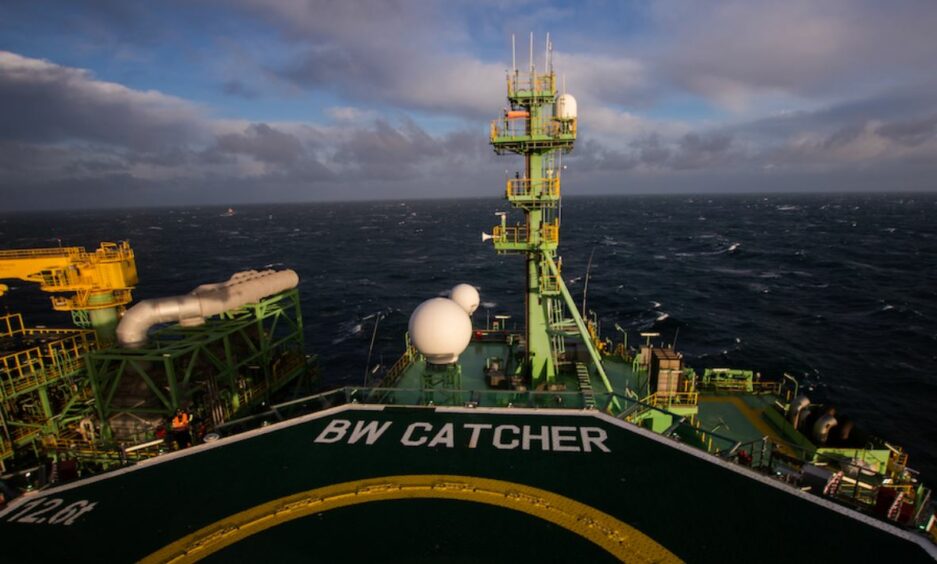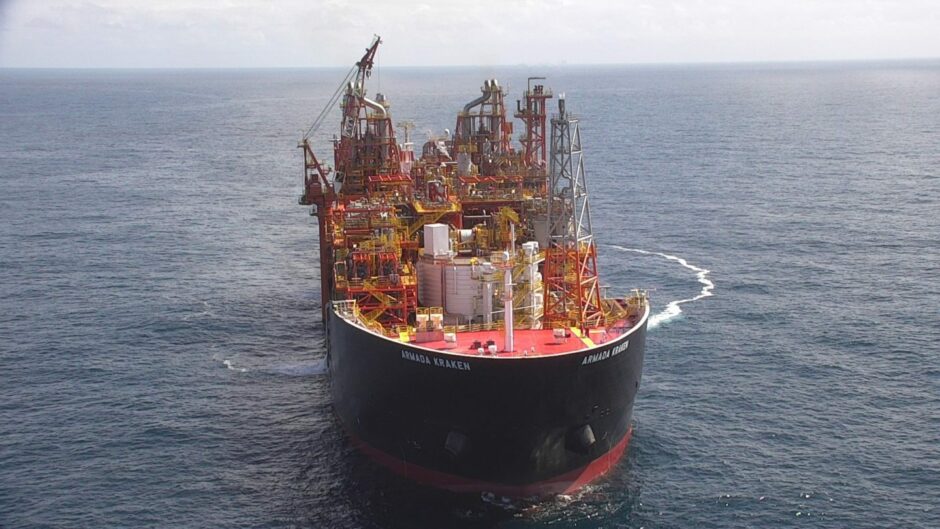
Waldorf Production dismissed suggestions the company is for sale, outlining a rise in production and cash flow amid an ‘improving’ outlook for North Sea M&A.
Speaking during an analysts call accompanying its third quarter results on Thursday CEO Erik Brodahl referenced earlier reports that Citigroup had been drafted in to carry out a strategic review of the business, but batted away rumours of a potential North Sea exit.
“We’ve seen there is speculation that we are for sale as such and just to take that first – we are not,” he said.
He said Citi had been brought in to support the review and facilitate discussions with other independents “about how can we all get a better risk-adjusted return on our business.”
“Instead of having these on a one-to-one basis, we engaged Citi to help us with these discussions,” he explained.
Aberdeen-headquartered Waldorf holds non-operated interests in a series of North Sea developments including Alba, Bittern, Catcher, Kraken and Scott–Telford, and operates the Cheviot redevelopment, currently under assessment.
Dutch deal ‘resolved’
Q3 saw pre-tax profits at the company reach $19.8 million (£15.6m), on revenues of $79m (£62.5m). Production over the period averaged 23,300 barrels of oil equivalent per day (boepd), at the top end of its full-year guidance of 22-23,000 boepd.
This was mainly thanks to “solid uptime” on key assets including Kraken – where production restarted in mid-summer following equipment issues – as well as at Catcher.
In November, the company also reached a “confidential” deal to divest its US business to an undisclosed buyer.
In addition, Mr Brodahl confirmed that the companies aborted deal to acquire a tranche of TAQA and Dana assets in the Dutch sector was now “resolved” and confidential settlement agreements signed.
However, he said the overall market remains “challenging” in the face of windfall taxes and uncertain policy.
“The UK continues to be challenging with the impact of the EPL and so on affecting all of us, but we have been making important steps to help de-risk our business and retain our cash – that’s been our main focus and continues to be our focus going forward,” he added.
The company estimated EPL liabilities of $8m for the quarter and around $84m across the first nine months of the year.
Windfall tax impact continues
Speaking earlier this year Mr Brodahl said “higher taxes and risk” and had made the company less interested in UK investment, though painted a more optimistic picture at the tail end of 2023.
“What we’ve seen is there’s less available financing to invest in the UK given the changes in the tax structures and so on; changes are something financiers are quite negative towards,” he said.
“Over the summer this year we’ve seen the willingness to engage in transactions between partners improve so we think it’s more likely now that both we – and I’m sure some of our competitors – will do transactions, compared with what we saw in the winter.
“I think there’s a willingness to execute some industry consolidation and where our participation will come, if at all, we have no idea at this time… But the market for doing this we’ve seen is improving.”
CFO Aaditya Chintalapati separately reaffirmed the company is “actively looking at opportunities to acquire producing assets in the North Sea.”
Catcher and Kraken drilling
Outside of M&A, the company will also invest across its portfolio over the coming years, with asset management and operations director Gordon Rorrison highlighting new wells planned at Catcher in 2025, as well as new drilling set to begin at Kraken the same year.
A new seismic campaign has also been sanctioned at the Harbour-led Catcher from Q2 next year which Mr Rorrison said would help Waldorf and its partners assess and de-risk new drilling targets.
Two infill wells are due online at Scott and Alba in December 2023 and January 2024 respectively. Mr Rorrison also noted that production at Alba had declined over the period due to a power generation issue which had affected water injection – a remedy for which is set to be completed this month.
Cheviot
As for Cheviot – the company’s main operated licence – Mr Rorrison said work was still underway to assess potential development plans.
“We’re still in the assess stage. As was mentioned at the previous investor update the work had focused on an oil development and then had started looking at the gas cap. We’re continuing to work a gas cap development to make sure we understand the subsurface elements of that,” he stated.
A proposed redevelopment of the Emerald field, the company acquired the asset via a takeover of Alpha Petroleum last year.
Resources at Cheviot include estimated contingent resources of 55 million barrels (MMbbls) of oil and 120 billion cubic feet (BCF) of gas, but overcoming economics and recovery factors could prove challenging.
Studies exploring the potential for a subsea tieback to infrastructure in the area are also ongoing.
“We have engaged with the regulator and the work we’re doing is in line with the milestone commitments that we have for the licence,” he added.
“The subsurface work is continuing through into the first part of next year and we’re also looking at what infrastructure could figure in a Cheviot gas development.”
Recommended for you

 © Supplied by EnQuest
© Supplied by EnQuest